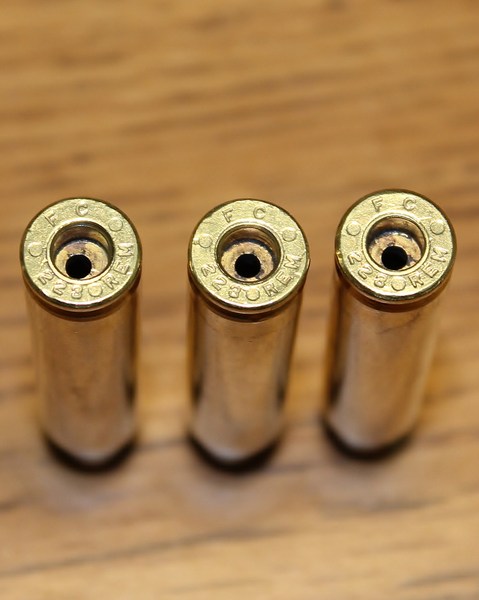I've been loading for handguns for over 30 years; but have yet to load a single rifle cartridge.
I have two AR-15 lowers that will be assembled soon. The remainder forthcoming shortly thereafter. I figure to have two working AR's by Spring.
Anyway, I need to buy some factory ammo that has good brass, suitable for reloading. What I wanted to know, would these be a good choice? . . .
http://www.midwayusa.com/product/41...full-metal-jacket-boat-tail-case-of-1000-bulk
Thank you in advance,
Nick.
I have two AR-15 lowers that will be assembled soon. The remainder forthcoming shortly thereafter. I figure to have two working AR's by Spring.
Anyway, I need to buy some factory ammo that has good brass, suitable for reloading. What I wanted to know, would these be a good choice? . . .
http://www.midwayusa.com/product/41...full-metal-jacket-boat-tail-case-of-1000-bulk
Thank you in advance,
Nick.

